
How much does FCC Part 15 B certification testing cost?
fcc part 15, specifically 47 CFR Part 15, pertains to the FCC certification in the United States. It covers the electromagnetic interference (conducted and radiated interference) standards for radio frequency devices, which include both intentional and unintentional radiators. A radio frequency device refers to any equipment capable of emitting radio frequency energy through radiation, conduction, or other means during its operation. Most electronic devices fall under the category of radio frequency devices. According to this regULation, electronic products in this category must undergo FCC certification before entering the U.S. market.
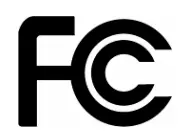
The detailed content of the fcc part 15 testing standards is organized as follows:
- Subpart A – General Requirements
- Subpart B – Unintentional Radiators
- Subpart C – Intentional Radiators
- Subpart D – Unlicensed Personal Communications Service Devices
- Subpart E – Unlicensed National Information Infrastructure Devices
- Subpart F – Ultra-Wideband Operation
- Subpart G – Access Broadband Over Power Line (Access BPL)
Purpose of FCC Part 15 Testing Standards:
For products operating at 2.4 GHz that are to be sold in the North American market, FCC certification is requiRED. The specific certification tests vary depending on product classification and the technology applied. This article briefly summarizes the certification requirements and testing standards for such products under FCC certification.
FCC Part 15 B Costs:
The cost for FCC Part 15 B certification through the JJR laboratory in China for regular products is $660, with a turnaround time of 9 days to obtain the certificate.
Subpart B Applicable Products and Corresponding FCC Certification Methods:
- TV broadcast receivers: sdoc or ID
- FM broadcast receivers: SDOC or ID
- CB receivers: SDOC or ID
- Superregenerative receivers: SDOC or ID
- Scanning receivers: ID
- Radar detectors: ID
- All other receivers subject to Part 15: SDOC or ID
- TV interface devices: SDOC or ID
- Cable system terminal devices: SDOC or ID
- Stand-alone cable input selector switches: SDOC or ID
- Class B personal computers and peripherals: SDOC or ID
- CPU boards and internal power supplies for Class B personal computers: SDOC or ID
- Class B personal computers assembled using authorized CPU boards or power supplies: SDOC or ID
- Class B external switching power supplies: SDOC or ID
- Other Class B digital devices and peripherals: SDOC or ID
- Class A digital devices, peripherals, and external switching power supplies: SDOC or ID
- Access Broadband over Power Line (Access BPL): ID
- All other equipment: SDOC or ID
Equipment Types:
- Class A Digital Devices: Digital devices sold for use in commercial, industrial, or business environments, excluding those intended for public use or home use.
- Class B Digital Devices: Digital devices sold for residential use, even if used in commercial, business, and industrial environments. Examples include personal computers and similar electronic devices sold for public use.
EMC Standards for Subpart B:
The main EMC standards, excluding Class A digital devices, include:
- ANSI C63.4-2014:
- Radiated Emissions (RE): At a 3-meter distance, unintentional radiators must not exceed specified limits.
- 30-88 MHz: 40 dB (quasi-peak)
- 88-216 Hz: 43.5 dB (quasi-peak)
- 216-960 MHz: 46 dB (quasi-peak)
- Above 960 MHz: 54 dB (quasi-peak)
- Conducted Emissions (CE): Equipment connected to the public (AC) power line must not exceed the specified RF voltage limits in the 150 kHz to 30 MHz frequency band, measured using a 50 μH/50 ohms Line Impedance Stabilization Network (LISN).
- 0.15-0.5 MHz: 66-56 dB (quasi-peak), 56-46 dB (average)
- 0.5-5 MHz: 56 dB (quasi-peak), 46 dB (average)
- 5-30 MHz: 60 dB (quasi-peak), 50 dB (average)
- Class A Digital Devices EMC Standards:
- ANSI C63.4-2014:
- Radiated Emissions (RE): At a 10-meter distance, unintentional radiators must not exceed specified limits.
- 30-88 MHz: 39 dB (quasi-peak)
- 88-216 Hz: 43.5 dB (quasi-peak)
- 216-960 MHz: 46.4 dB (quasi-peak)
- Above 960 MHz: 49.5 dB (quasi-peak)
- Conducted Emissions (CE): Equipment connected to the public (AC) power line must not exceed the specified RF voltage limits in the 150 kHz to 30 MHz frequency band, measured using a 50 μH/50 ohms LISN.
- 0.15-0.5 MHz: 79 dB (quasi-peak), 66 dB (average)
- 0.5-30 MHz: 73 dB (quasi-peak), 60 dB (average)
Subpart C Applicable Products:
Products with wireless remote control (requiring fcc id) under Subpart C include door access card readers, bus card readers, wireless chargers, remote control toys, wireless MICe, remote control switches, wireless doorbells, anti-theft devices, Bluetooth speakers, Wi-Fi drones, and smart home products.
Note: Infrared remote controls do not belong to wireless remote controls and fall under Subpart B, requiring only fcc sdoc.
EMC Standards for Subpart C:
- ANSI C63.10-2013:
- Radiated Emissions (RE): At a 3-meter distance, unintentional radiators must not exceed specified limits.
- 30-88 MHz: 40 dB (quasi-peak)
- 88-216 Hz: 43.5 dB (quasi-peak)
- 216-960 MHz: 46 dB (quasi-peak)
- Above 960 MHz: 54 dB (quasi-peak)
- Conducted Emissions (CE): Equipment connected to the public (AC) power line must not exceed the specified RF voltage limits in the 150 kHz to 30 MHz frequency band, measured using a 50 μH/50 ohms LISN.
- 0.15-0.5 MHz: 66-56 dB (quasi-peak), 56-46 dB (average)
- 0.5-5 MHz: 56 dB (quasi-peak), 46 dB (average)
- 5-30 MHz: 60 dB (quasi-peak), 50 dB (average)
JJR Laboratory in China provides related certification testing services. Feel free to contact us for consultation!
Email:hello@jjrlab.com
Write your message here and send it to us
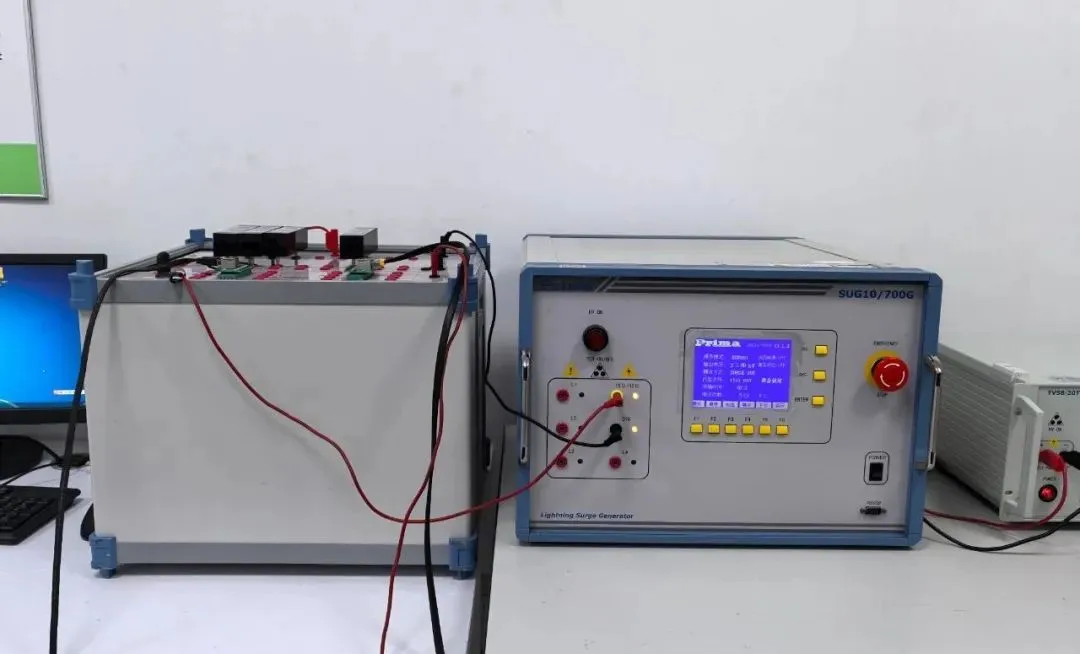 Electric Toy EN 62115 & EN 71 Testing
Electric Toy EN 62115 & EN 71 Testing
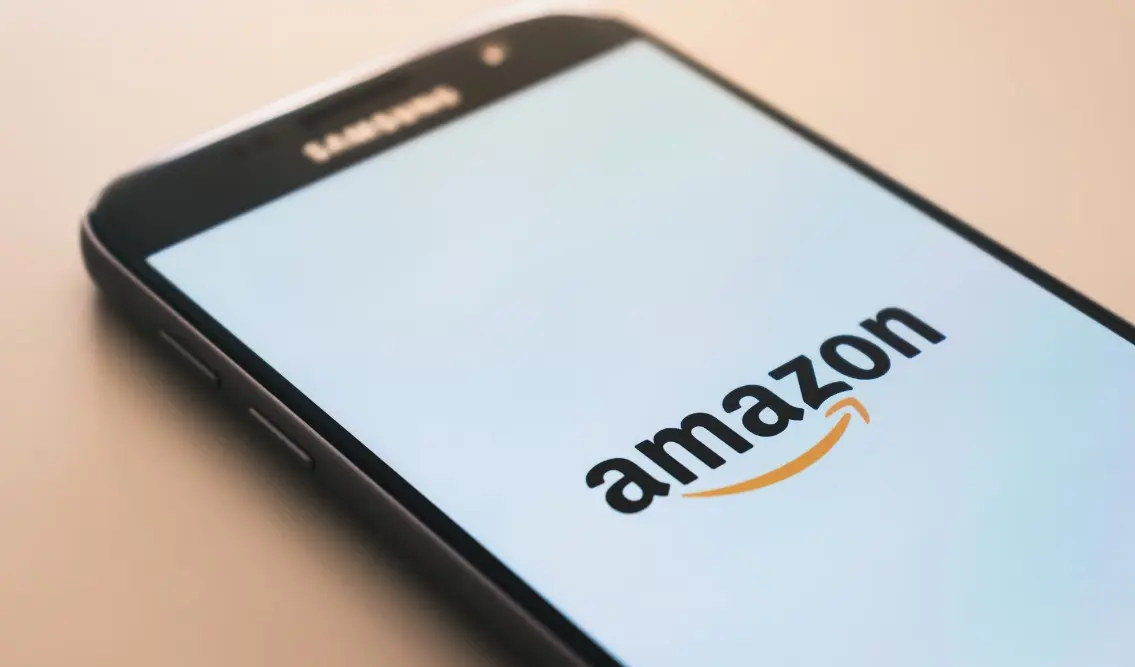 What are ASTM F963 and CPSIA?
What are ASTM F963 and CPSIA?
 Comparison of ASTM F963 and EN 71
Comparison of ASTM F963 and EN 71
 How to get CSA C22.2 NO.256:14 Test Report?
How to get CSA C22.2 NO.256:14 Test Report?
 How much is the ISTA Amazon Packaging & Shippi
How much is the ISTA Amazon Packaging & Shippi
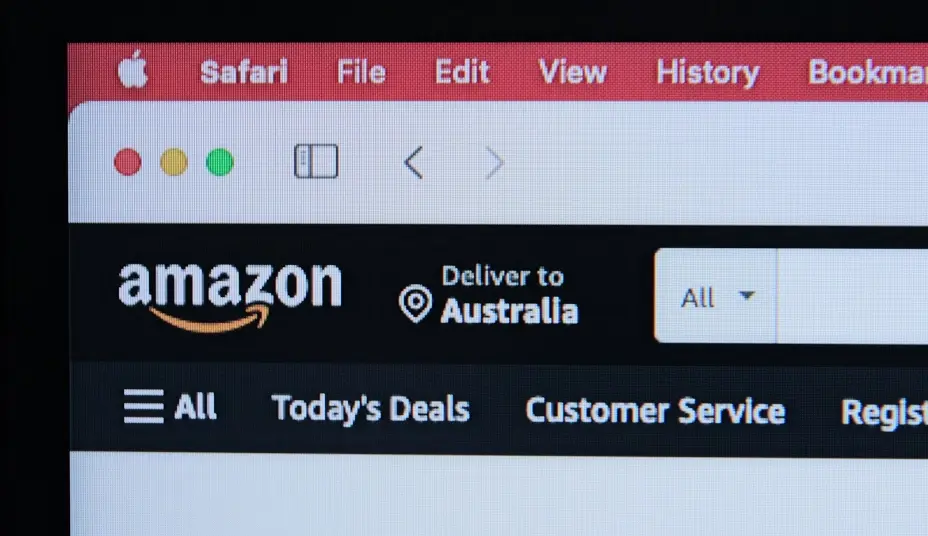 Amazon Product Laboratory Testing Requirements
Amazon Product Laboratory Testing Requirements
 How to Get EPA Certificatio
How to Get EPA Certificatio
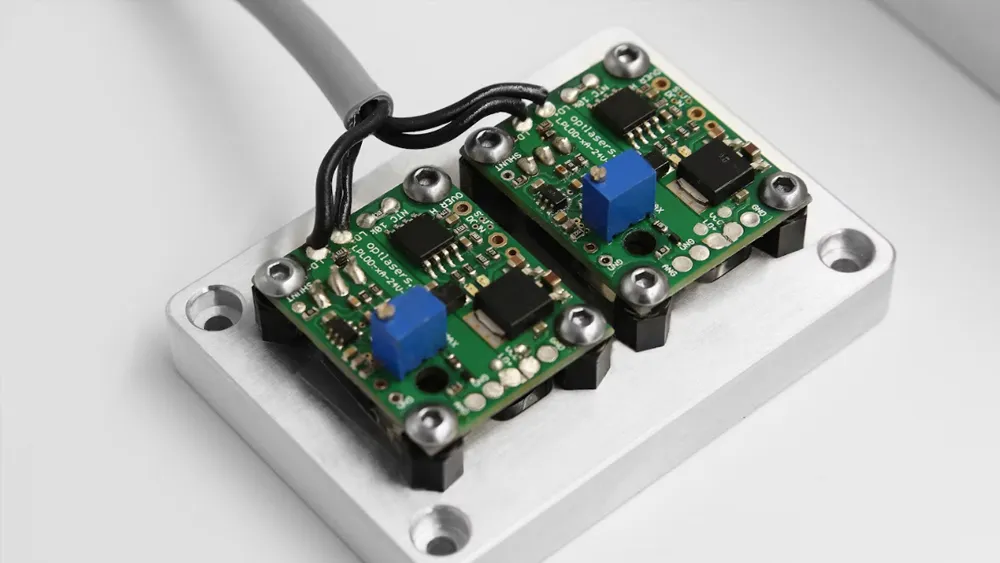 What is EPA Certification in the United States?
What is EPA Certification in the United States?
Leave us a message
24-hour online customer service at any time to respond, so that you worry!




